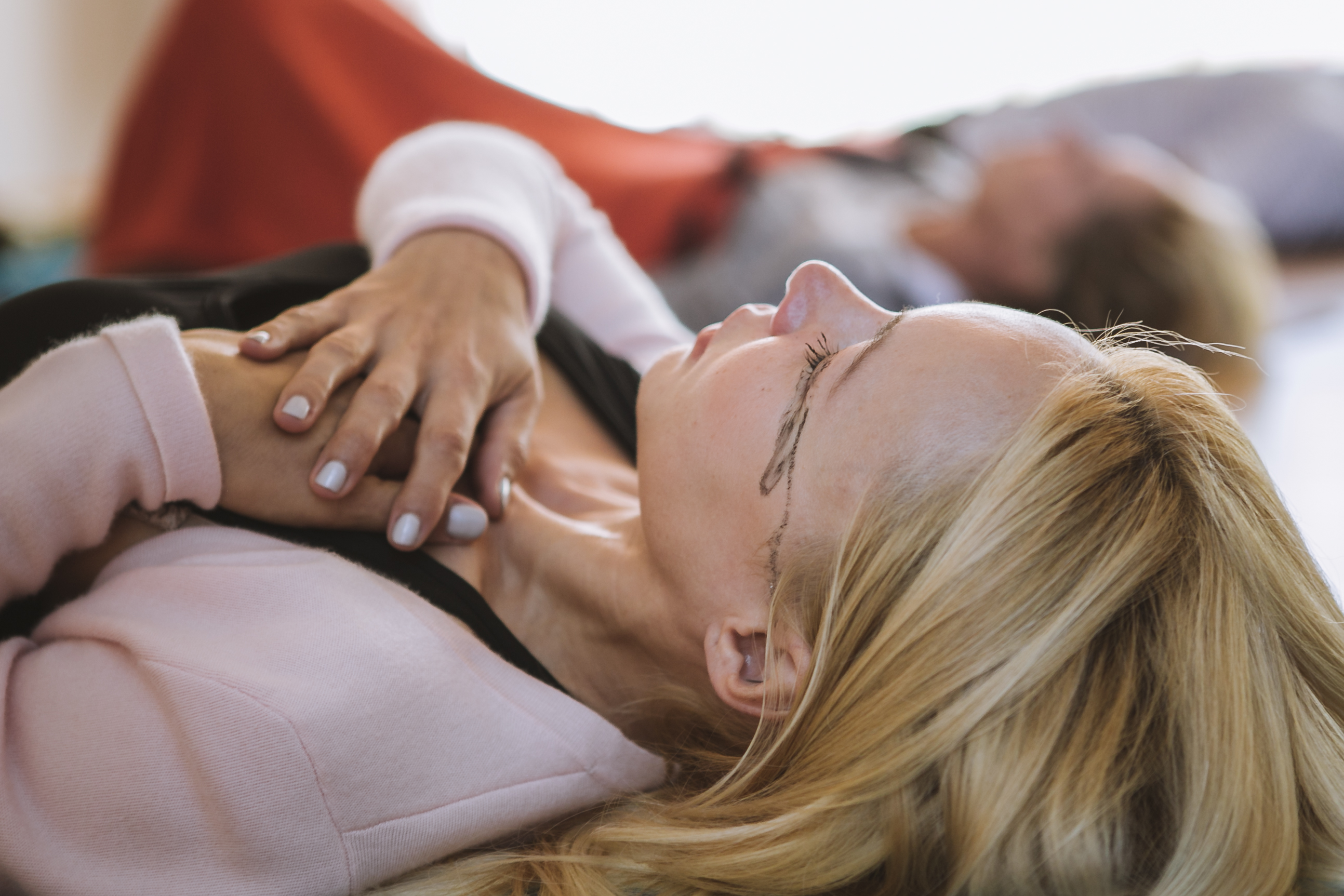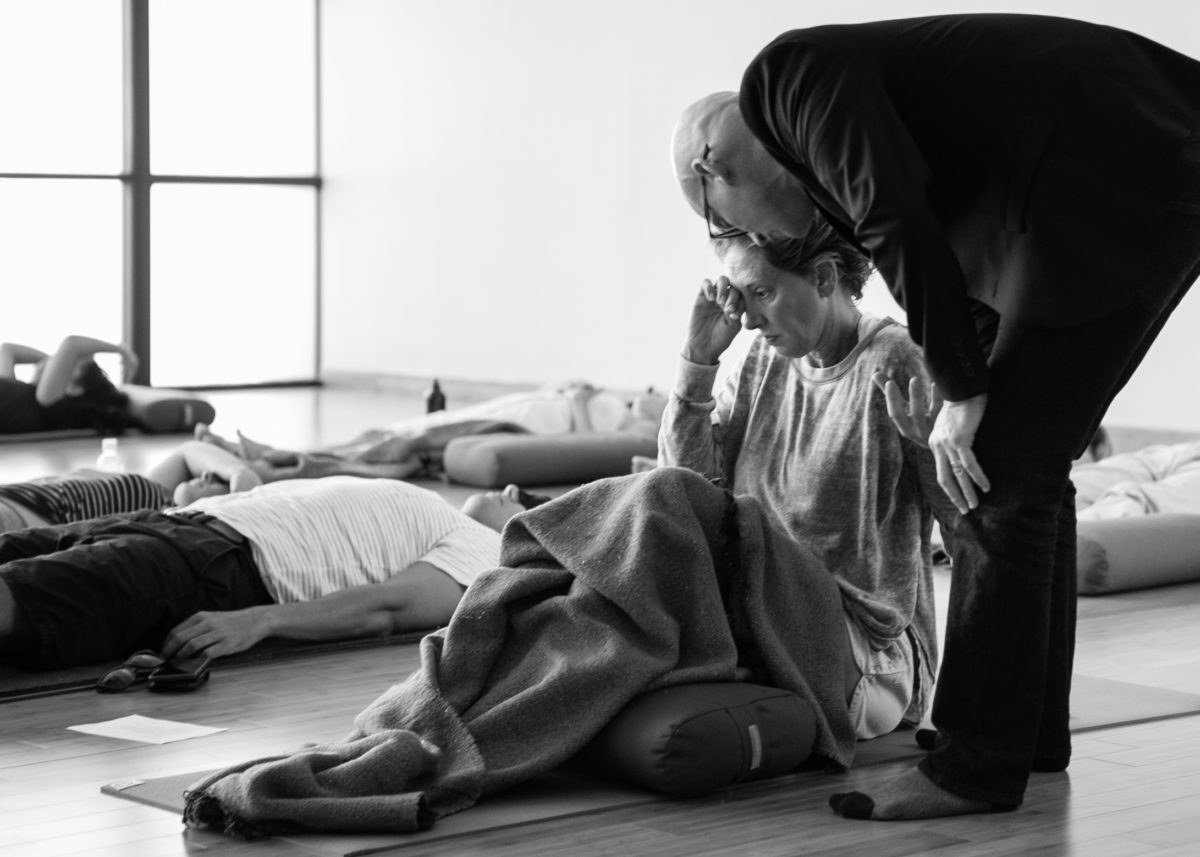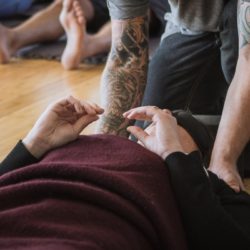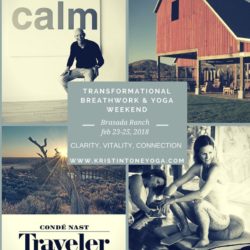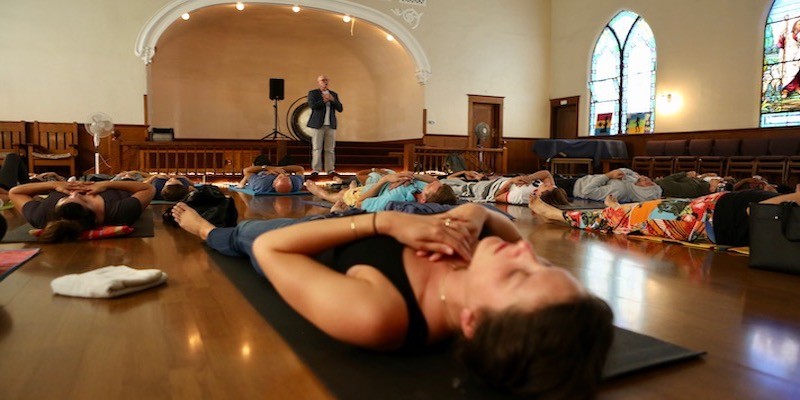Breathwork is the art and science of applying breath awareness exercises and holistic breathing techniques as a bridge, a force, and a tool for health, growth, and change—in spirit, mind, and body.
Breathwork is a combination of ancient wisdom and modern science. It is an intuitive art, a healing art, a creative art, a revolutionary and evolutionary art. It represents the cutting edge of the human potential movement. In one form or another, breathwork is used in almost every holistic-health and alternative-care program. It represents the cream of the crop of self-improvement and personal growth methods. It can be found at the cutting edge of the human potential movement, and at the heart of the world peace movement.
Holistic breathing is the language of the soul. You can communicate with the breath, and you can turn to it for information. And you can actually learn to breathe from the breath itself! It is literally a source of inspiration, and the key to peace and power, oneness, and wholeness.
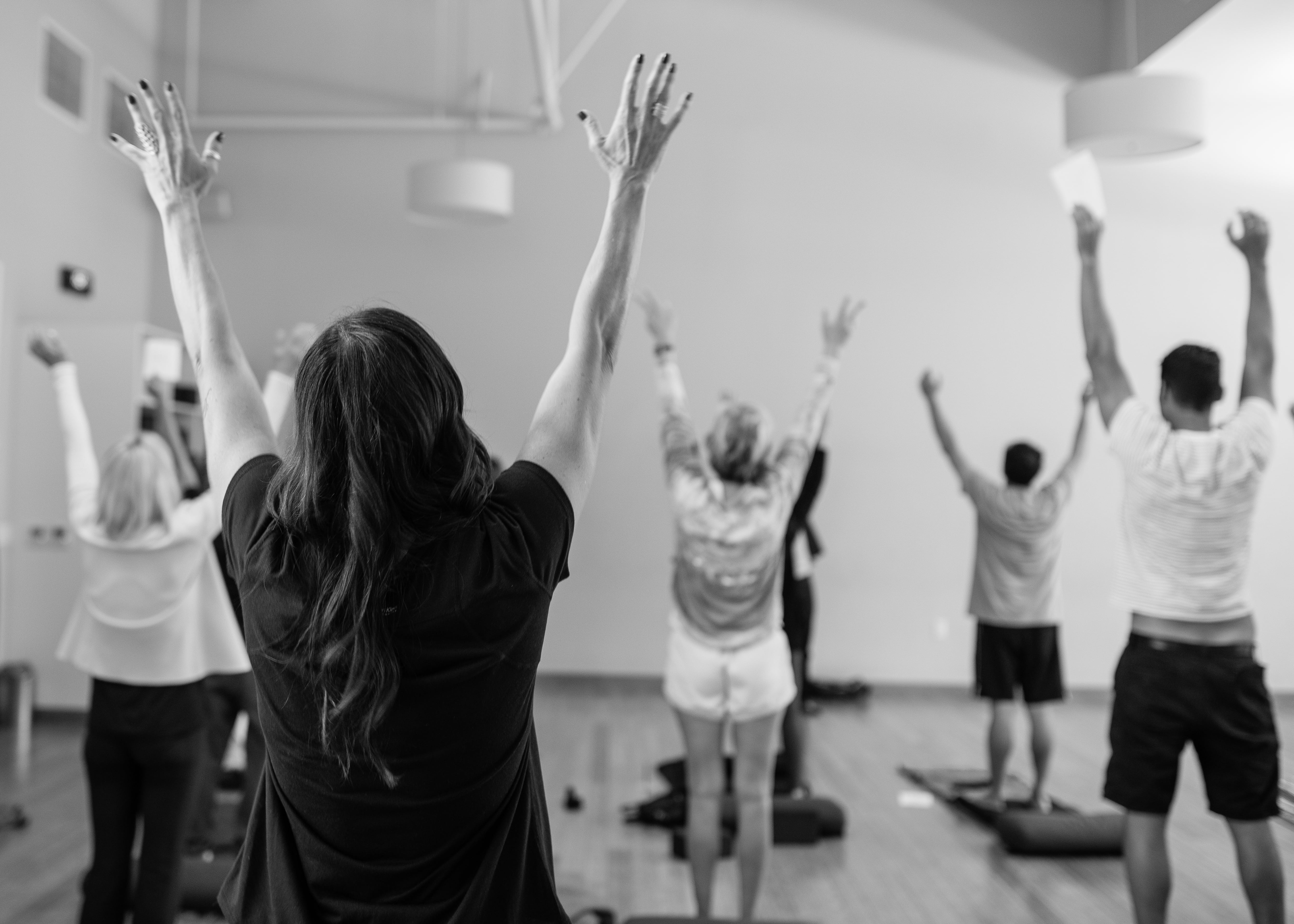
In every moment, the breath is nourishing us. It is continuously working to keep us alive. It is working to help us to move and to function. It gives us the power to think and to create. And in every moment, it is reflecting and expressing the truth of our being. It reveals our state of our health and the level of our consciousness.
Holistic breathing awakens pure life-force energy – creative energy, healing energy. You can consciously use this energy in any way you choose. You can use it to generate luminous thoughts, ecstatic emotions, and pure pleasure. You can use it to fuel gentle and loving behaviors and to motivate creative and productive actions.
Breathwork strengthens our ability to change our focus and to re-direct our creative life energy. Consciousness is a light. And we can use breathing to brighten that light.
Breathwork can be used in health and fitness, sports, the martial arts, and in the creative and performing arts. It can be used in business, bodywork, psychotherapy, or in spiritual counseling. It can be used to clear your head, calm your nerves, settle your stomach, or open your heart. It can be used to warm you up or cool you off. It can be used to wake you up or calm you down. It can be used to enhance sexual pleasure or to heal sexual abuse. You can use it to relax or energize yourself. You can use it to dissolve pain or to reduce stress. It can be used to fuel your passion or to change your behavior. You can use it to access the unconscious mind or open you to altered states of consciousness. It can be used in meditation or behavior modification.
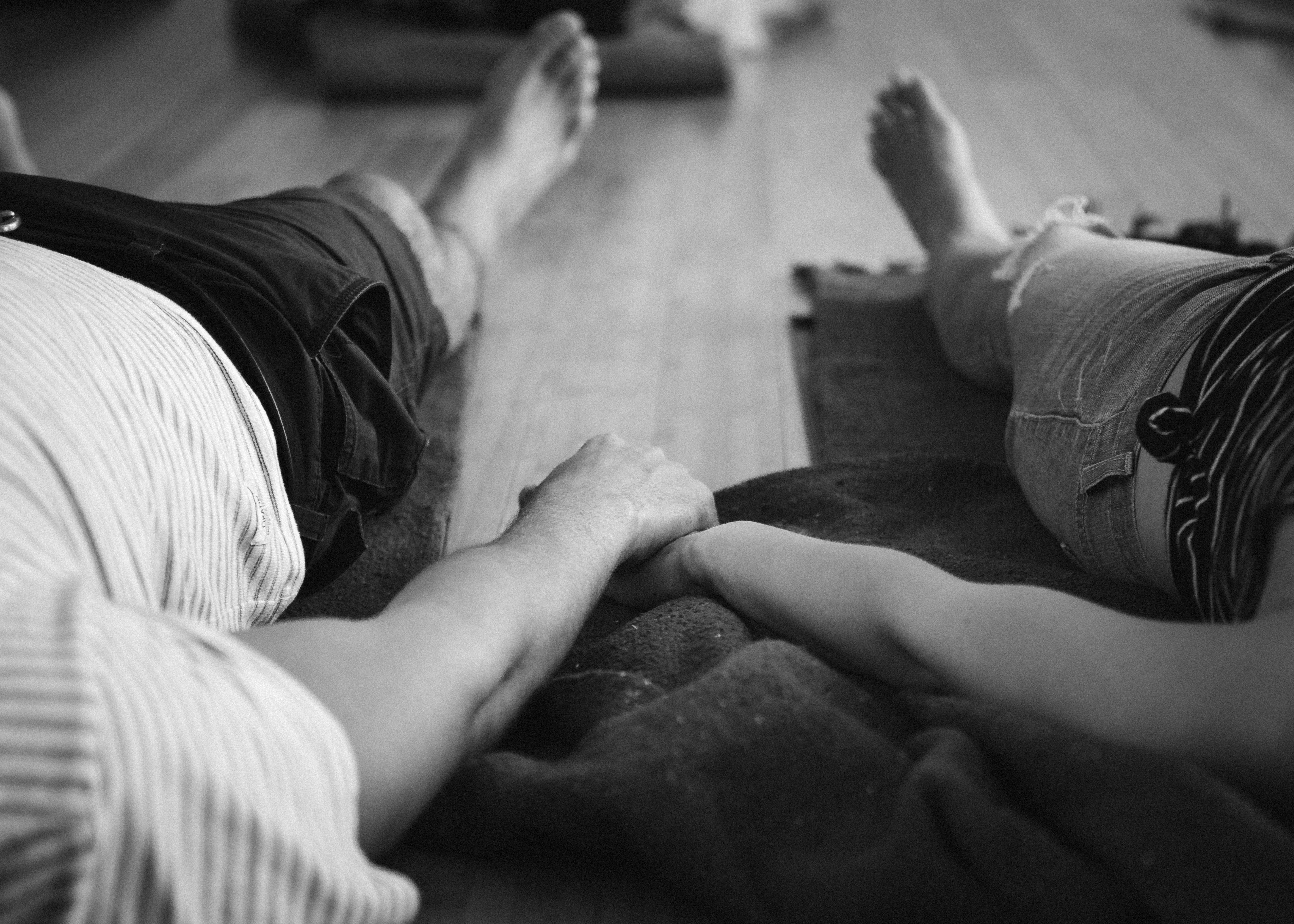
What we learn and practice in a holistic breathing session has immediate and permanent benefits that apply to every level and facet of our lives. The principles we apply in a breathwork session have profound benefits when applied in our everyday lives.
If you are an artist, you will be more inspired. If you are a healer, you will be more potent. If you are a business woman, you will be more successful. If you are a teacher, you will be more creative. If you are a policeman, you will be more effective.
It is not an exaggeration to say that it can enhance or improve anything about you, and it can empower practically everything you do!
Breathwork: How to Breathe Better
- Full deep breaths – each breath should be full and deep, filling your lungs almost completely.
- Continuous, “circular” breathing – the breathing should be done in such a way where there are no gaps in the breath.i.e. you should not be holding your breath at any point. When your lungs are almost full, you want to turn the breath around and start exhaling. When your lungs are empty, you want to immediately turn the breath around and start inhaling. This creates a breath pattern whereby you are always breathing in or breathing out, creating a circle of breath.
- Faster than normal – You also want to breathe a bit faster than you normally would. However, you do not want to breathe so fast that you create tension in your body…your body, and especially your lungs, should be relaxed, without straining, so that the breath can be maintained for a long period of time without tiring yourself out.
- Mouth vs Nose Breathing – It is easier to move air quickly through the mouth so most people find that breathing in and out through the mouth supports their process better than nose breathing. However, some people find that mouth breathing is uncomfortable for them in which case nose breathing is fine also.
Why Bother?
Holistic breathing is truly a bridge between the mind and the body. Practicing breathing techniques can have a powerful effect on blood pressure, a racing heart, or a frantic mind. Breathing affects the Autonomic Nervous System For example if you breathe as if you are calm, you will become calm.
Catching Air
There is a considerable dispute over using the diaphragm, the rib cage, or the shoulders in breathing. Breathing techniques often emphasize the use of the diaphragm, but it is actually healthy and natural to use all three body parts because they are all important in expanding and contracting the chest cavity. In traditional Yogic breathing, the breath starts with the diaphragm and continues up through the rib cage area and into the shoulders. If you are breathing shallowly into your upper chest, you are not using your full lung capacity down into your abdomen. Correcting your posture and breathing into your abdomen will increase the effectiveness of each breath. Chest breathing is very inefficient because there is less blood flow in the upper lobes of the lungs. There is much more blood flow and oxygen transfer in the lower lobes of the lungs.
Correct Posture
Posture is important when you breathe. Holistic breathing is not as efficient or effective if you are in an awkward position. Movement of the body, including the expansion and contraction of the chest cavity, can help prevent computer-related injuries.
Notice all of the movements of your spine and body when you inhale and exhale. As you inhale, imagine a balloon in your belly, and notice your spine straightening. As you exhale, allow your head and seat to naturally move closer together. These are small movements, but being aware of them and how they affect your body is viewed by many as movements of energy within your body.
A good way to realign your spine and open your chest for breathing is to roll up a towel and place it on the floor. Lie down with the towel lengthwise along your spine. Over time, lying in this position will help your shoulders drop back towards the floor and your head may move back into a better position. If you find this position painful or uncomfortable, you should adjust the towel to a more comfortable position. If it continues to be uncomfortable, consult a health care practitioner to find out the source of the problem. This should not be an uncomfortable position!
Clear Nose and Sinuses
It is important to have clear nasal passages and sinuses in order to breathe effortlessly. Although it seems strange to most Westerners, the use of a neti pot or nasal irrigation can be very helpful, especially for people with allergies and asthma. It can also reduce sinus infections and the need for medication. In this method, a mild saline solution (1/4 teaspoon of plain non-iodized table salt to 1 cup lukewarm water) is poured into one nostril so it runs out the other. You might initially be revolted by this concept if you have inhaled water while swimming, but people with the same experience have tried it with huge success. Normal, healthy breathing is restored and sinuses become completely clear. Nasal irrigation can be used as often as needed without the side-effects of medicines. If water gets trapped in the sinuses after using the neti, tilt your head in various positions to drain them, or try dropping your head down to your knees for a few seconds and stand up.
For proper breathwork training and guidance contact us Now!! We would be happy to help you out and teach you how to breathe better.

